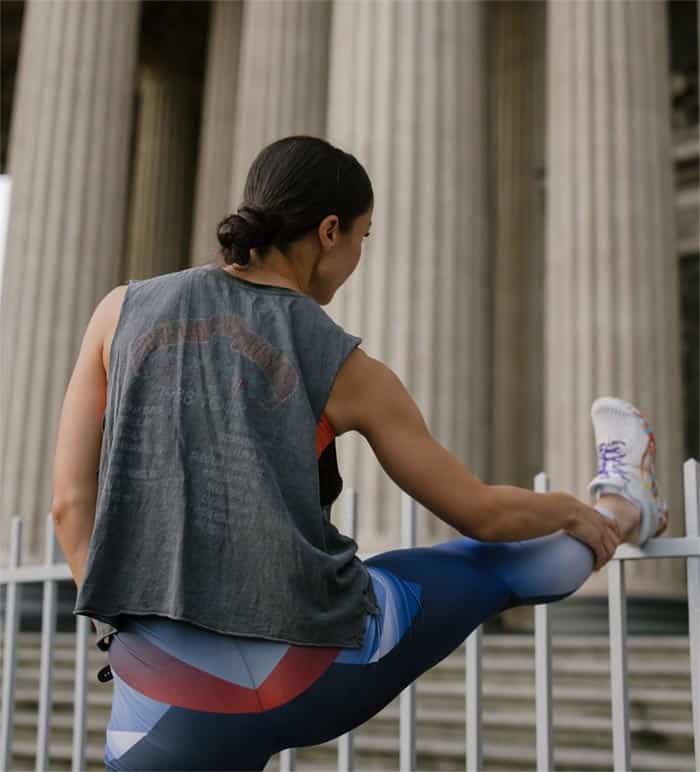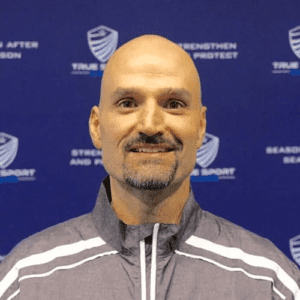It is truly quite simple. Consider the human body to be the ultimate machine. It’s inherent organic decisions are never arbitrary. What this means is that when a person, for example, complains “my hamstrings are always SO tight!,” we never look at this as an opportunity to say, “You just need to stretch them more.” This is an opportunity for us to begin investigating why the body has created this situation. Why are the hamstrings overloaded with stress, making them perpetually tight?
Muscles have jobs to do. Sometimes they stabilize joints, sometimes they move limbs. The body is built with many redundancies to protect itself in case of an injury. This even takes place on the cellular level. Certain types of muscle fibers can transform in order to meet the demands of the body, resulting in fairly normal function. In an injured or disabled person, these redundancies are critical to the normalcy of the individual. These deficiencies are often imperceivable to the untrained eye. In the able bodied person, when these redundancies are routinely exploited we call them compensations. These compensations lead to tight muscles, aberrant joint motion, joint disfunction, and pain.
Take for instance the most commonly reported issue of “tight hamstrings.” Conventional wisdom states that if you cannot touch your toes because of hamstring tightness, just perform the activity more, until you can. We now know that this is not the case.
Stretching the hamstrings will normally offer instant relief. It “hurts and feels good” is often reported. This is a temporary patch and will never be a permanent solution. For the person who stretches everyday, they will see an improvement in flexibility after a few weeks, however if they discontinue their stretching program at any time, their tightness will return.
As health care professionals we are all taught muscle testing in school. However, the information obtained is vague and doesn’t reveal anything more than gross dysfunction. With more specific muscle testing, we are able to uncover the body’s idiosyncrasies. Often times, we can locate the compensations just with observation, but sometimes we have to dig a little deeper to expose the offending structures.
Once we learn the patient’s compensation patterns, it is quite simple to create a home rehabilitation program which down-regulates the overloaded muscle, and up-regulates the under performing muscle. These exercises, when performed at the prescribed frequency, typically correct the dysfunctional movement pattern within 7-10 days. Often times patients are already performing many of the exercises. However, the sequencing of them is of paramount importance.
Some may argue that Yoga is an example of a stretching system that DOES work. I am a HUGE proponent of Yoga. I practice regularly. Understand that Yoga is not a system of passive stretches. It is a system of postures which combines stability, breathing and a combination of muscle activation along with stretching which is extremely beneficial for the body’s function. All of the postures have an opposing force coupled with a stretch which stabilizes and protects against muscle injury.
The take away from this article is to think twice before arbitrarily stretching a muscle that has haunted you for years. Don’t accept the fact that, “I just have tight hamstrings,” or “My family has tight quads.” Relegating yourselves to these thoughts are white flags of misunderstanding. Maybe you just haven’t found the right detective to uncover the clues to solve your mystery.

Access a FREE Guide to improve Hamstring flexibility
Get instant access to a video that will help you release hamstring tightness and improve your performance.


